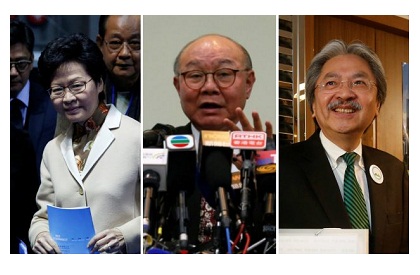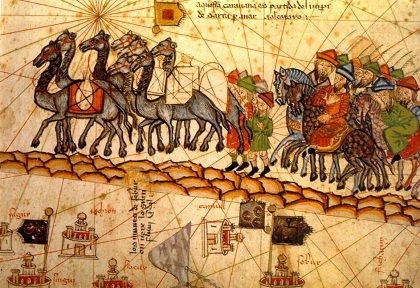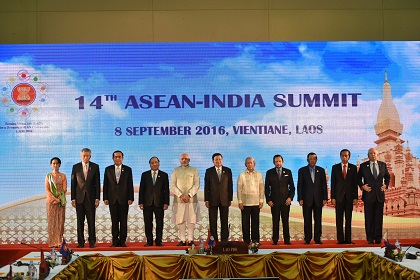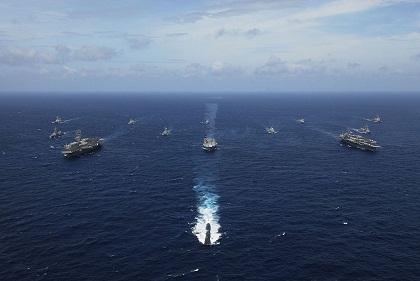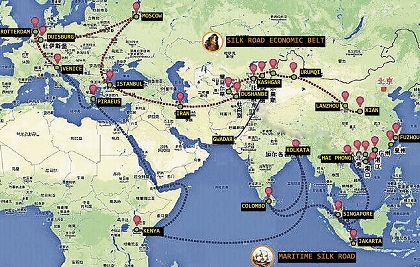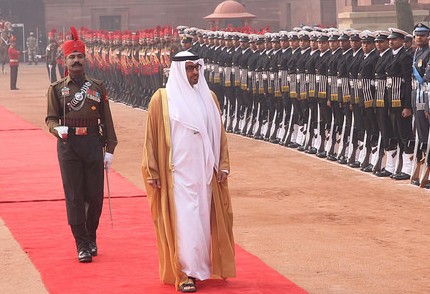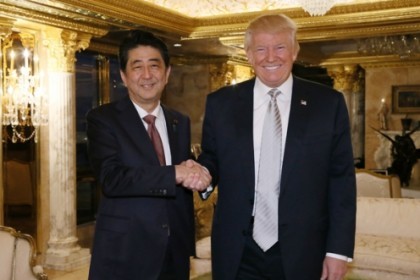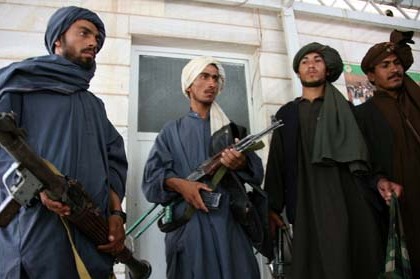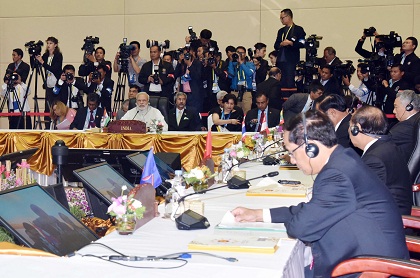HK’s next CEO: uncertain outcomes
The 26 March 2017 election of the chief executive of Hong Kong is the first since the failure of the 2014 political reform package. It is partly unique because of who is not running, namely current chief executive CY Leung, who has incurred his share of unpopularity. Who will be the victor?

